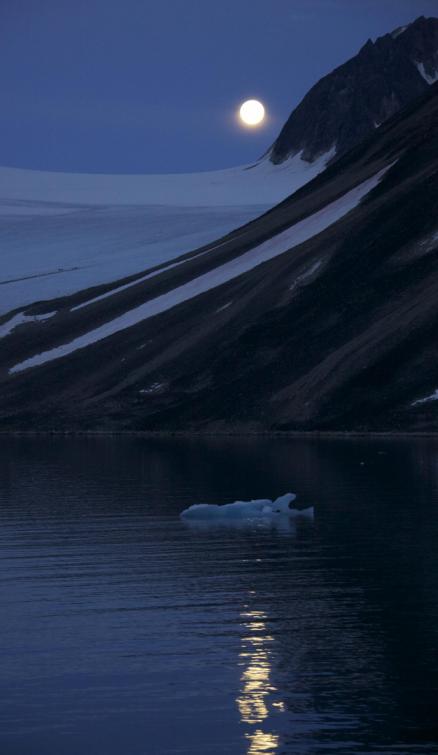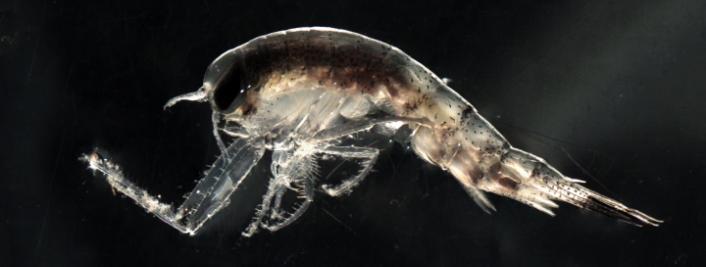Podcast: Play in new window

BOB HIRSHON (host):
Migration by moonlight. I’m Bob Hirshon and this is Science Update.
In the Arctic Ocean, tiny zooplankton migrate down the water column during the day to avoid predators, playing a key role in the food web. Scientists used to think these movements shut down in winter, when the sun disappears from the Arctic. But a new study in Current Biology reports that once the dark winter sets in, the zooplankton start migrating to the cycles of the moon. Ecologist Kim Last of the Scottish Association for Marine Science explains.
KIM LAST (Scottish Association for Marine Science):
In the fall, when they’re migrating on a 24-hour basis, as the sun sinks below the horizon, there comes a point when it’s dark enough and as the moon rises and sets they then will shift from from 24-hours to much closer to 25, the lunar day cycle.
HIRSHON:
The phenomenon has now been documented across the entire Arctic and may influence the carbon balance of the ocean. I’m Bob Hirshon, for AAAS, the science society.

